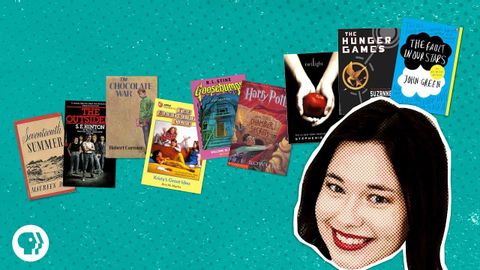
Subtitles & vocabulary
The Evolution of YA: Young Adult Fiction, Explained (Feat. Lindsay Ellis) | It's Lit!
00
Vera posted on 2021/10/12Save
Video vocabulary
tend
US /tɛnd/
・
UK /tend/
- Intransitive Verb
- To move or act in a certain manner
- Transitive Verb
- To take care of
A2
More audience
US /ˈɔdiəns/
・
UK /ˈɔ:diəns/
- Noun (Countable/Uncountable)
- Group of people attending a play, movie etc.
A2TOEIC
More psychology
US /saɪˈkɑlədʒi/
・
UK /saɪ'kɒlədʒɪ/
- Uncountable Noun
- The study of the mind and how it affects behavior
- Way in which a person or group thinks and behaves
C2
More sneak
US /snik/
・
UK /sni:k/
- Verb (Transitive/Intransitive)
- To move around in a way so no one will see you
- To take something somewhere/give secretly
- Intransitive Verb
- To move around in such a way no one will see you
B2
More Use Energy
Unlock All Vocabulary
Unlock pronunciation, explanations, and filters
